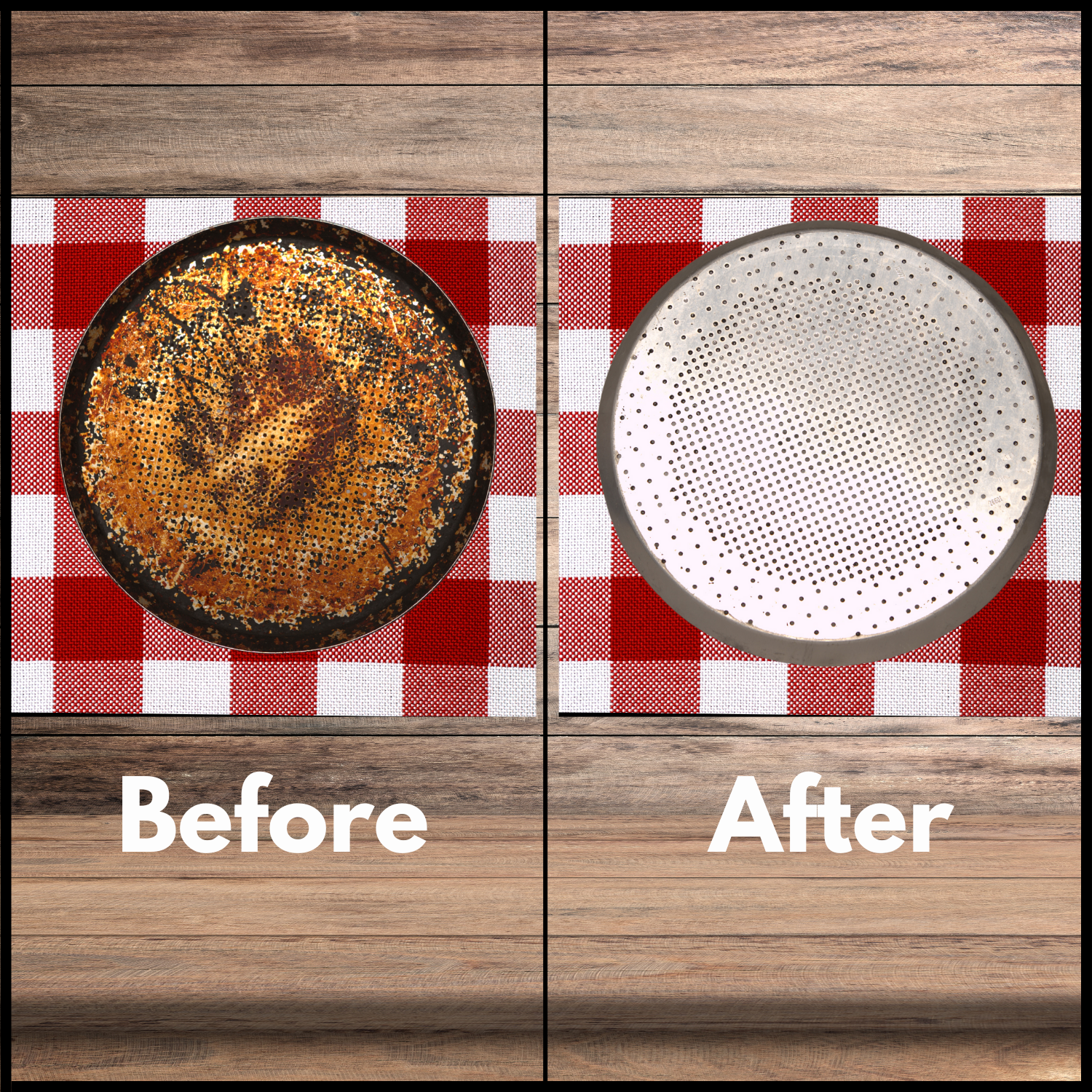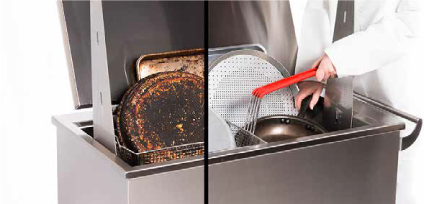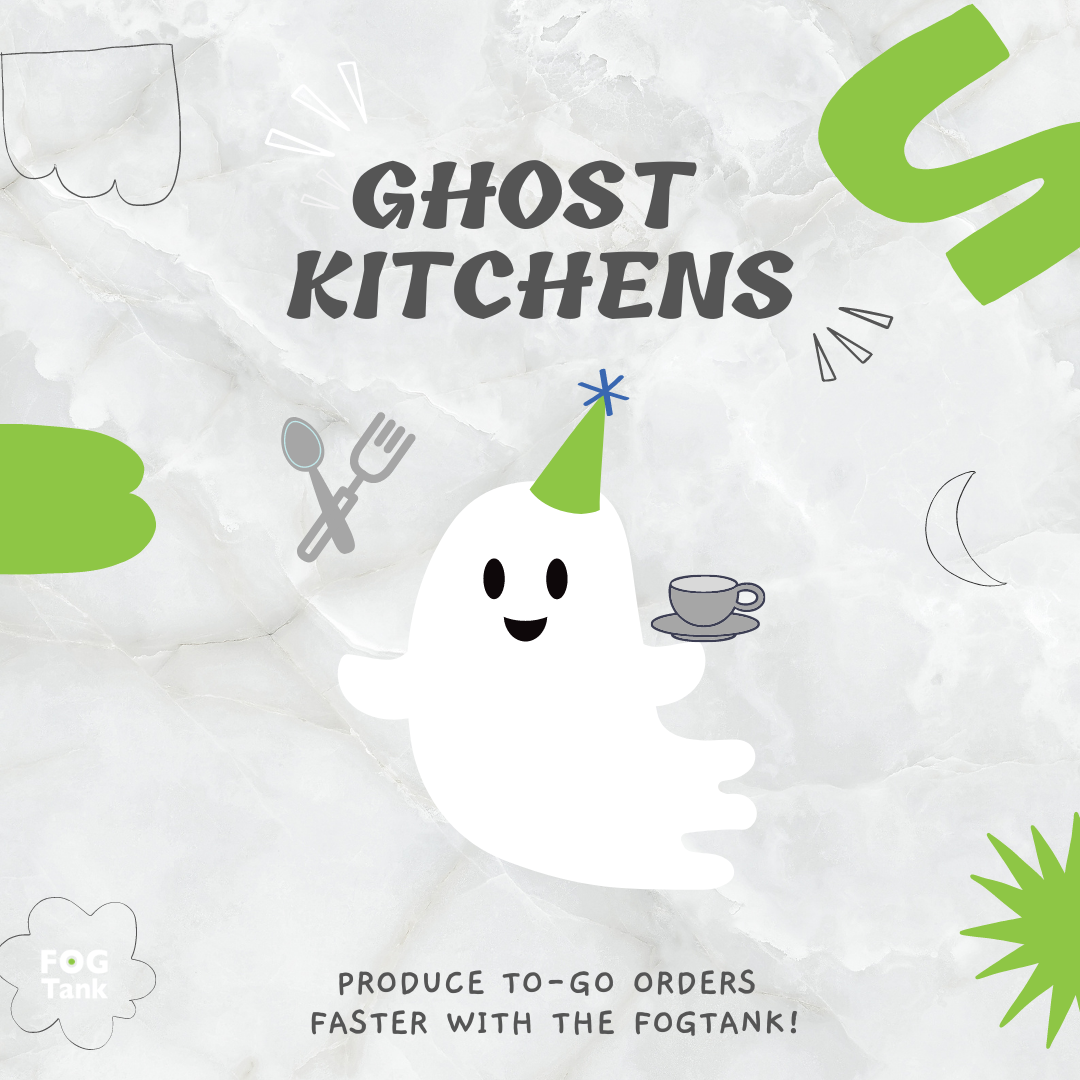
Turning a profit in the restaurant industry can be quite challenging. Even with plenty of reservations on the books and a parade of food leaving the kitchen, soaring expenses can decimate your bottom line before the dinner rush is even complete.
By discovering new ways to manage profit and loss, such as learning how to reduce labor costs in a restaurant and maximizing the efficiency of basic tasks like daily restaurant kitchen cleaning, you can become an expert at balancing expenses and revenue.
Here are a few ways to reduce expenses without completely overhauling your operation.
Reduce Energy Consumption
Baking, broiling, grilling, cleaning dishes, sanitizing equipment — restaurant ops suck up a ton of energy. In fact, the U.S. Department of Energy says restaurants use triple the amount of energy compared to other commercial enterprises. It’s no surprise, then, that the electric bill can be a major source of stress.
A large chunk of those energy costs can be attributed to heating water used to fill standard three-compartment sinks and facilitate dishwashing. Water is heated, used and discarded, then the process starts over from step one. Inefficient cleaning can be problematic as well, as cookware coated in unsightly carbon crust won’t conduct heat as well, increasing cook times and energy use.
Finding ways to streamline cleaning and break the heat-toss-repeat cycle could result in significant savings.
Take Care of Your Equipment
Restaurant cleaning costs can be hefty, either in terms of paying for in-house labor or contracting out to a professional cleaning team. But what you pay for cleaning is a pittance compared to how much it costs to replace pots, pans, trays and appliances that have been poorly maintained.
Some of the biggest barriers to equipment cleanliness are the fats and oils that build up over time. Layers upon layers of grease can solidify into carbon buildup that makes cookware less effective — you may have noticed those beat-up sauté pans taking longer and longer to heat up and searing meat less beautifully. If lower quality food ends up leaving the kitchen, that could hurt your reputation and revenue, too.
Develop a clear, productive approach to cleaning that produces high-level results. Paying attention to equipment health in the short term can pay huge dividends in the long run.
Lower Your Labor Costs
Restaurant cleaning costs include the price of cleansers, water, heat, equipment and the salaries of all the people needed to bring those elements together. It can take several people hours to tackle the mound of pots, pans, utensils and dishes generated by a busy lunch or dinner service.
With the minimum wage edging toward $15/hour and other employment costs tacking on as much as 25%, investing in cleaning solutions that maximize efficiency and efficacy can help you streamline your back-of-house team and pare back expenses.
The FOG Tank® is brimming with benefits that can help you protect your revenue and improve restaurant operations. This ingenious heated soak tank and its coordinating proprietary Tiger Carbon-Removal Powder are so adept at removing fat, oil, grease and rigid carbon buildup from equipment that they can save a single restaurant location a whopping $3,000 in annual energy expenditures. All this with no scrubbing, saving your team time and reducing daily stewarding department work by 3+ hours daily and your labor costs by as much as 85%.
Learn more about the FOG Tank to see how it can help you and your restaurant meet shared goals — all while paying for itself in as little as six months.











